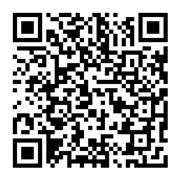开车别闯红灯,用through和across更安全!
开车时遵守交通规则至关重要,特别是“开车别闯红灯”这一原则。在描述车辆如何安全通过路口时,使用“through”和“across”这两个词可以更准确地表达行车路线,从而提升安全性。
“Through”通常用于描述车辆完整地穿过一个路口,从一侧行驶线到另一侧,并继续向前。这种表达方式强调了车辆需要经过路口的全部区域,并遵守相应的交通信号。例如,司机应该观察信号灯,确保在绿灯亮起时,安全地“through”路口,而不是在红灯时冒险通过。
相比之下,“across”则更多地用于描述车辆横穿马路或路口,但可能没有“through”那样强调全程通过的概念。在某些情况下,使用“across”可能会让人误解为车辆只是短暂地横穿,而没有完全通过路口。因此,在强调安全通过路口时,使用“through”更为合适。
总之,为了确保行车安全,司机应该始终遵守交通信号,并在绿灯亮起时,安全地“through”路口。同时,我们也应该提醒自己和他人在驾驶时保持专注,避免闯红灯等危险行为。通过正确使用“through”和“across”这两个词,我们可以更清晰地表达行车路线,从而提升交通安全性。


